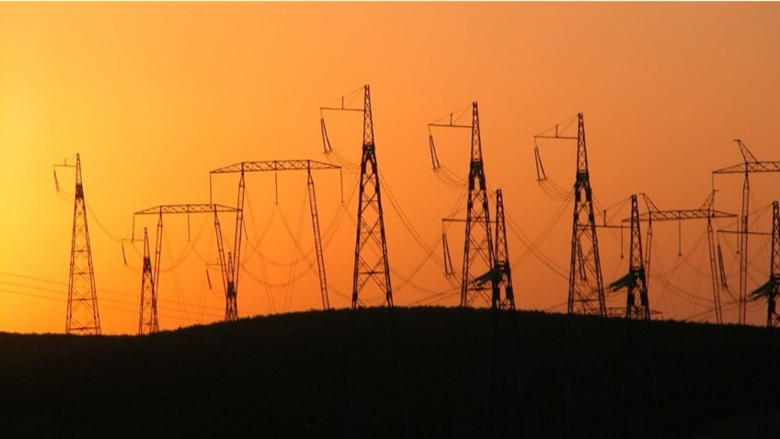
Electricity powers households, enables businesses to thrive, allows children to attend school and ensures that hospitals can operate 24 hours a day. Simply put, electricity transforms lives. However, when it is unavailable—intermittent, too weak to power appliances, or so high in voltage that it damages device—it becomes an obstacle to prosperity.
Currently, 670 million people globally are without electricity, of whom 85 percent live in Sub-Saharan Africa. To address this reality, the World Bank, the African Development Bank, and their partners, including the Energy Sector Management Assistance Program (ESMAP), have launched Mission 300—an ambitious initiative to bring electricity to 300 million people in Sub-Saharan Africa by 2030, and ensure that the transition to more diversified sources of energy meets growing demand, brings economic growth, and creates jobs.
To assess our progress towards Mission 300, and ultimately SDG 7: access to affordable, reliable, sustainable and modern energy for all, we need granular data on energy consumption. At a most fundamental level, we need to know how many people have access to electricity. But policymaking needs to be guided by deeper insights:
- What is the role of non-renewable and renewable energy sources in closing access gaps?
- What drives consumer choices for different energy sources?
- Does enhanced access to electricity bring about the adoption of more efficient and healthier cooking practices?
The data required to answer these questions are essential to devising solutions to context-specific constraints to energy supply and consumption.
Addressing Energy Data Needs
Against this background, our team, the Living Standards Measurement Study (LSMS)—the World Bank’s flagship household survey program—has partnered with ESMAP to address energy data needs through its new initiative, Resilient Futures, to support Mission 300’s success.
"Resilient Futures builds on the LSMS’ 15+ years of experience supporting country-owned household surveys that are multi-sectoral, nationally representative and longitudinal—in which the same households are interviewed over the years. The data—collected in person and over the phone—will be open access and disseminated rapidly. We will ensure that the data are easily accessible, comprehensive, and updated” said Haishan Fu, Chief Statistician of the World Bank and Director of the Development Data Group.
“This initiative will provide better data and analytics that will improve energy policies and interventions, helping us achieve Mission 300 and enhance the value of electrification for other economic sectors,” said Demetrios Papathanasiou, Energy and Extractives Global Director.
To meet the needs of Mission 300, ESMAP will collaborate closely with the LSMS, including through its experts based at the World Bank Center for Development Data (C4D2), to ensure that Resilient Futures collects harmonized survey data on energy, based on ESMAP’s Multi-Tier Framework for Energy Access—which redefines the traditional “binary” way in which energy access is measured—to answer strategic questions:
Monitoring progress: Are we on track to achieve Mission 300 and SDG 7?
More than just access: What is the reliability, quality and affordability of electricity accessed by households?
Electricity sources: What are the levels and drivers of adoption of grid, mini-grid, and off-grid solutions?
Cooking: Do households have access to clean, safe, affordable and efficient ways of cooking?
Energy consumers: What is the socioeconomic profile of energy consumers? How can the insights inform investments in both public and private sectors?
Impacts: How do improvements in electricity access and cooking solutions affect the wellbeing and livelihoods of individuals, households and communities?

Informing Project Design and Evaluation
Under Resilient Futures, the data that will be produced by national statistical offices can inform the design, targeting and evaluation of interventions beyond the energy sector, including in health, education, jobs, water, environment, climate, and fragility and conflict, due to several features.
Multisectoral: The use of harmonized multi-topic questionnaires will facilitate reliable cross-country comparisons of vulnerability and resilience due to the multiplicity, frequency and transnational scope of extreme weather events and conflicts.
Longitudinal: Long-term surveys will track the same households over time, identifying resilience capacities that accelerate recovery from shocks, informing efforts to anticipate future crises, rapidly responding to data needs when crises occur, and increasing the reliability of all analytical reports and research based on national surveys.
Timely: Surveys will be conducted regularly, in person—every three years—and over the phone—quarterly or more frequently, if needed. This will ensure that data are current, and questionnaires can be adapted to evolving needs. The data will be publicly available and will inform routine monitoring efforts.
Innovative: The platform will roll out cutting-edge measurement approaches, such as air quality monitors, climate sensors and water quality testing. Each survey will include a separate sample dedicated to testing and validation of improved methods before implementation at scale.
Integrated: The surveys will integrate seamlessly with geospatial data, administrative data and facility/service delivery surveys. The georeferenced survey data will be used to train machine learning models that can, in turn, be applied to alternative data sources to obtain more localized insights on energy access and wellbeing, among other topics.
The collaboration between ESMAP and LSMS, through the Resilient Futures initiative, will enable governments to get a solid baseline of their national electrification, understand energy demand and where subsidies may be needed, and identify the best means to bring electricity depending on the circumstances and location of the people to connect.